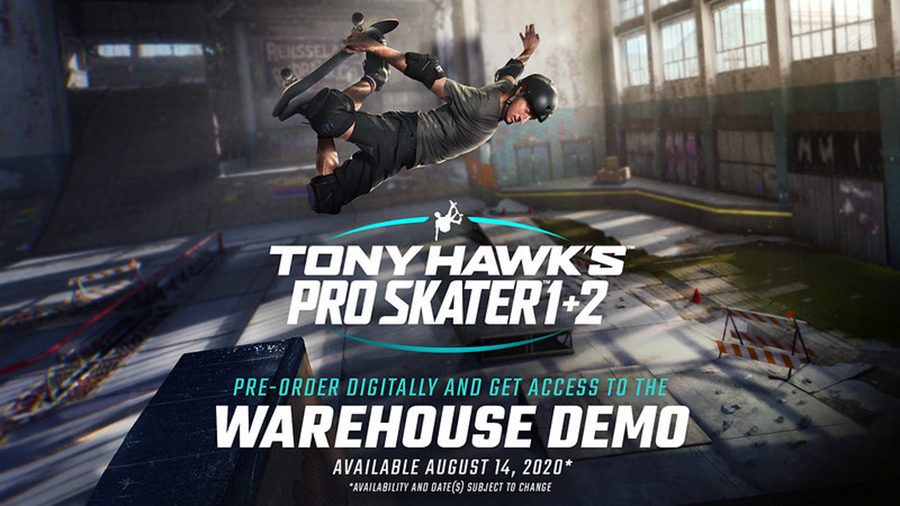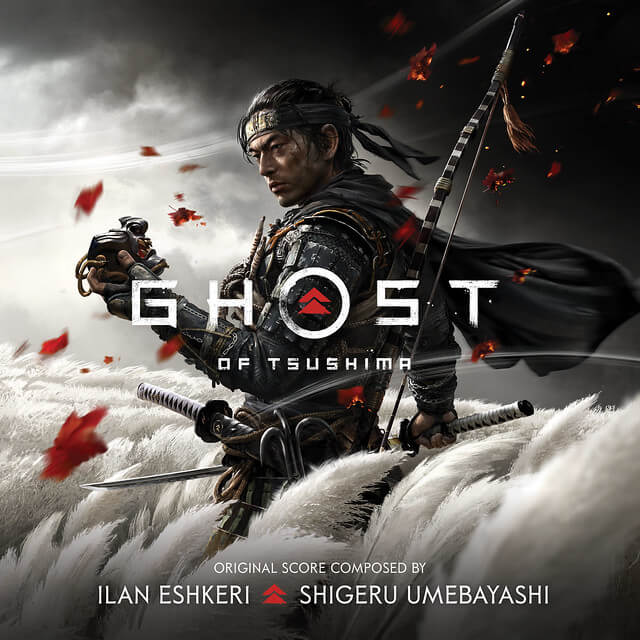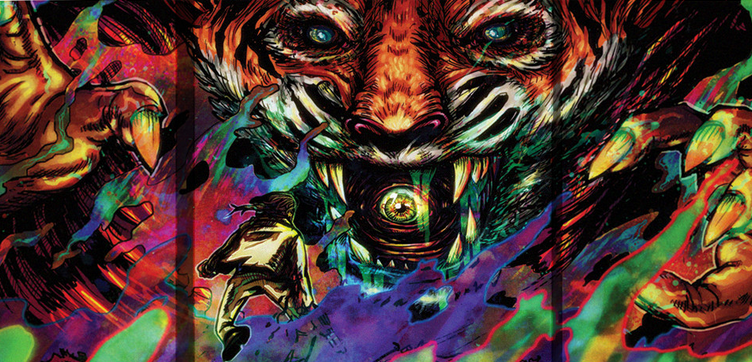Schlagwort: soundtrack
-

A closer look at vinyl soundtracks for Ratchet & Clank: Rift Apart, Ghost of Tsushima, and Returnal
Reading Time: 5 minutesIt is said that good things come in threes, and today is no exception. We at PlayStation are thrilled to spotlight our latest trio of vinyl soundtrack releases, brought to you by our friends at Milan Records: Ratchet & Clank: Rift Apart, Ghost of Tsushima: Music from Iki Island & Legends, and…
-

Ein genauerer Blick auf die Vinyl-Soundtracks von Ratchet & Clank: Rift Apart, Ghost of Tsushima und Returnal
Reading Time: 5 minutesEs heißt, aller guten Dinge sind drei, und wir machen da heute keine Ausnahme. Wir bei PlayStation sind begeistert, euch unser neuestes Trio von Vinyl-Soundtracks vorstellen zu können, die von unseren Freunden bei Milan Records veröffentlicht werden: Ratchet & Clank: Rift Apart, Ghost of Tsushima: Music from Iki Island & Legends und…
-

Spiele mit fantastischem Soundtrack
Reading Time: 4 minutesVideospiele sind nicht bloß ein optisches Medium: Mit dem DualSense Wireless-Controller bekommt ihr es auch haptisch zu spüren. Mindestens genauso wichtig ist aber auch der Soundtrack, den ihr am allerbesten über ein PULSE 3D- Wireless-Headset genießt. Wir haben für euch 5 Games zusammengestellt, die euch richtig gute Sounds auf die Ohren geben.…
-

Mehr als drei Dutzend neue Tracks für Tony Hawk’s™ Pro Skater™ 1 + 2
Reading Time: 3 minutesPlayStation Skater: Macht euch bereit für neue Songs für Tony Hawk’s Pro Skater 1 + 2. Am 4. September ist es so weit. Sieben neue Songs, die den ständig wachsenden, vielseitigen Soundtrack der Skateboarding-Kultur repräsentieren, gesellen sich zu den nostalgischen Hits aus den Jahren 1999 und 2000. Nicht nur lesen – reinhören Als…
-

So entsteht der besondere Soundtrack von Creaks
Reading Time: 5 minutesBeim Komponieren von Musik ist es wie bei jeder anderen Kreation wichtig, eine Reihe von Entscheidungen zu treffen – ihr erreicht eine Weggabelung und wählt eine der Richtungen. Für jede Wahl, die ihr treffen werdet, bleibt mindestens eine andere Option unerforscht – vielleicht gibt es aber auch parallele Universen, in denen all…
-

Score of Tsushima: The Soundtrack of Ghost of Tsushima
Reading Time: 7 minutesHey everyone, along with the rest of Sucker Punch, I am SO thrilled that Ghost of Tsushima will be in your hands soon. A lot of people have been asking about the game’s soundtrack and it is something the whole studio is really excited to share, so I wanted to talk a…
-

Hotline Miami 2 Soundtrack List + Download
Reading Time: < 1 minuteHave Fun Listening + Downloading: [mbYTPlayer url=“https://www.youtube.com/watch?v=dEFcpyy_vq8″ opacity=“.5″ quality=“default“ ratio=“auto“ isinline=“false“ showcontrols=“false“ realfullscreen=“true“ printurl=“true“ autoplay=“true“ mute=“true“ loop=“true“ addraster=“true“ stopmovieonblur=“false“ gaTrack=“false“] HOTLINE MIAMI 2 EP by Jasper Byrne Source: http://spacerecordings.bandcamp.com/album/hotline-miami-2-ep https://soundcloud.com/tags/hotline%20miami%202




